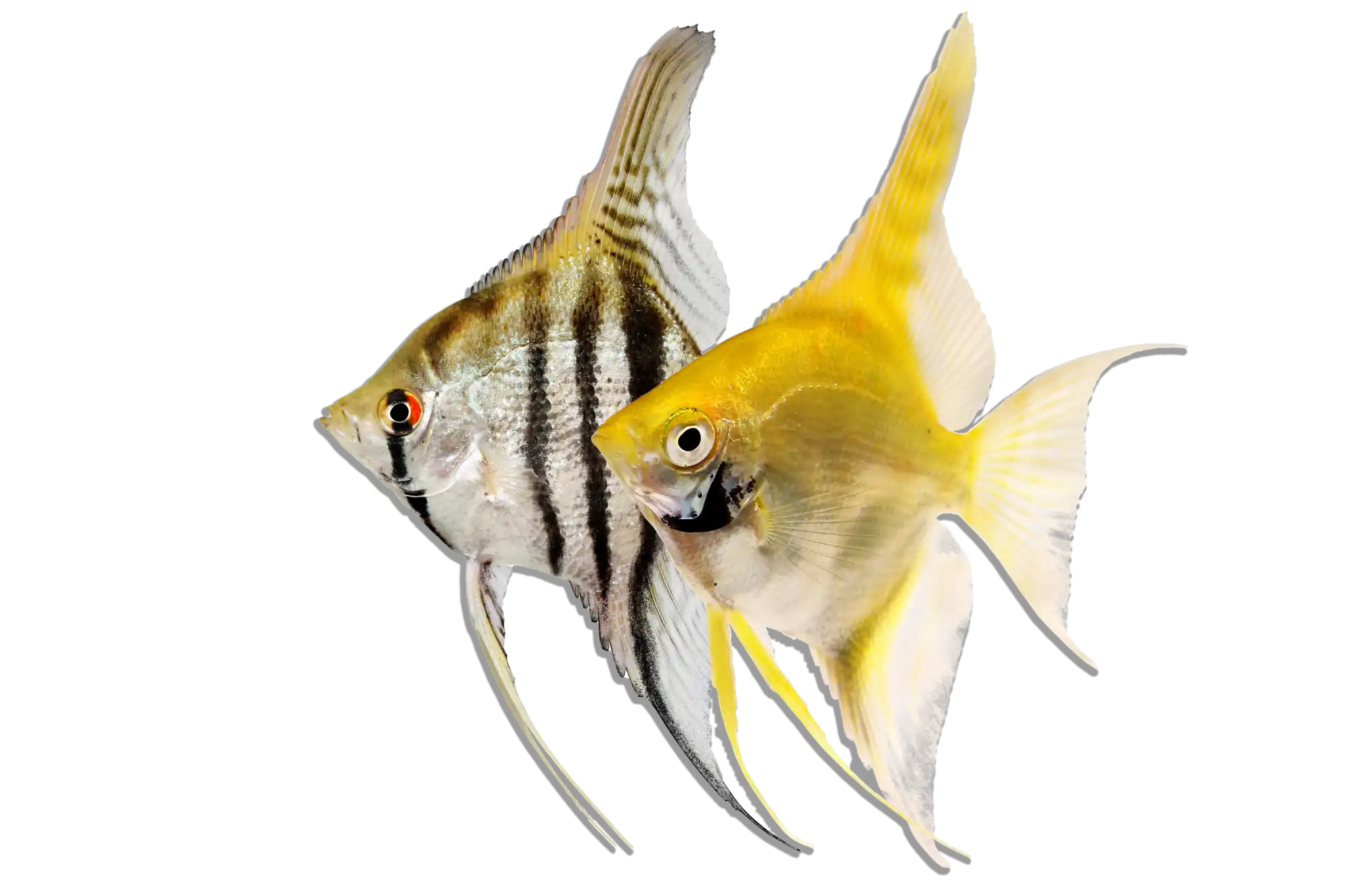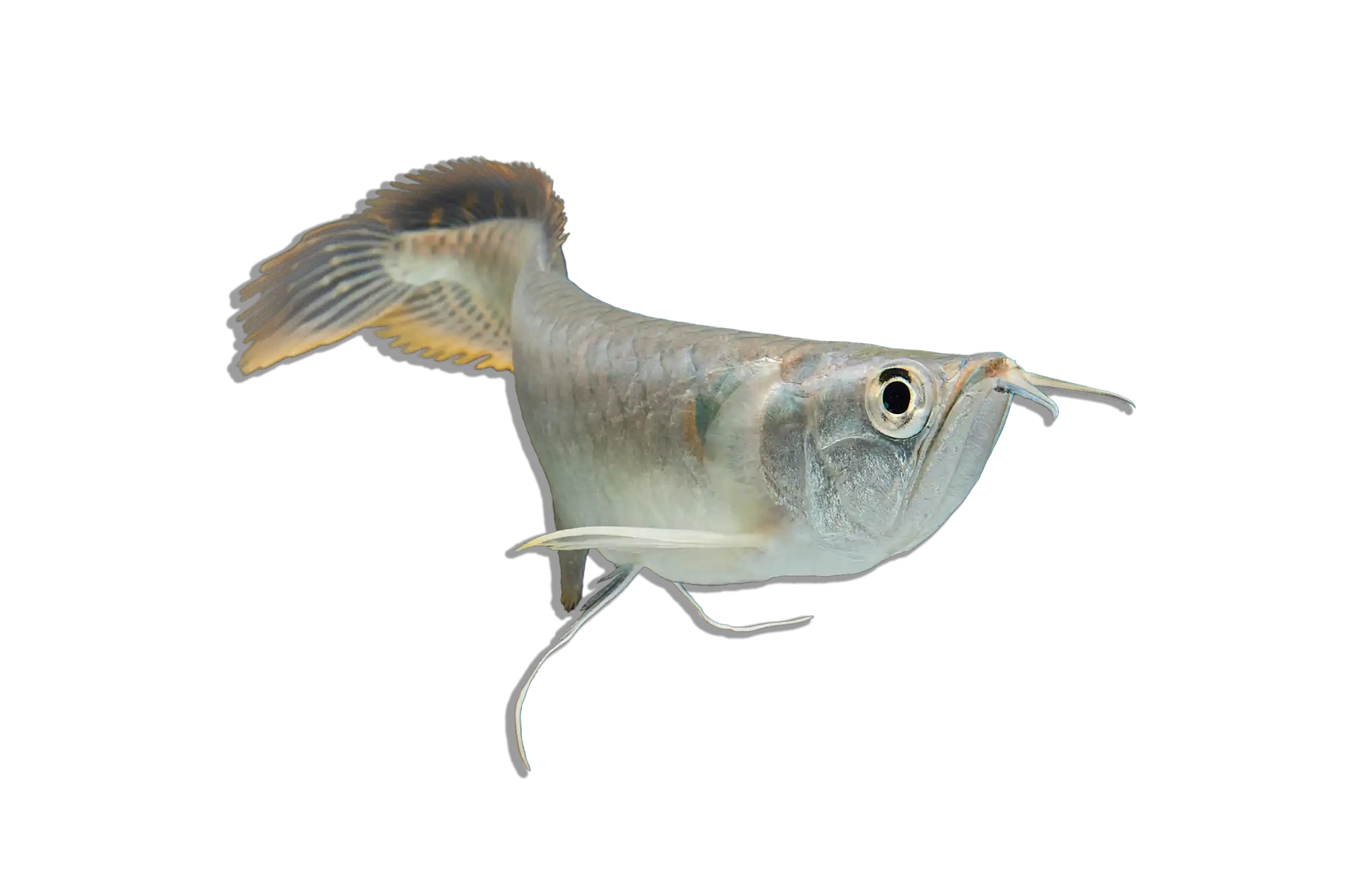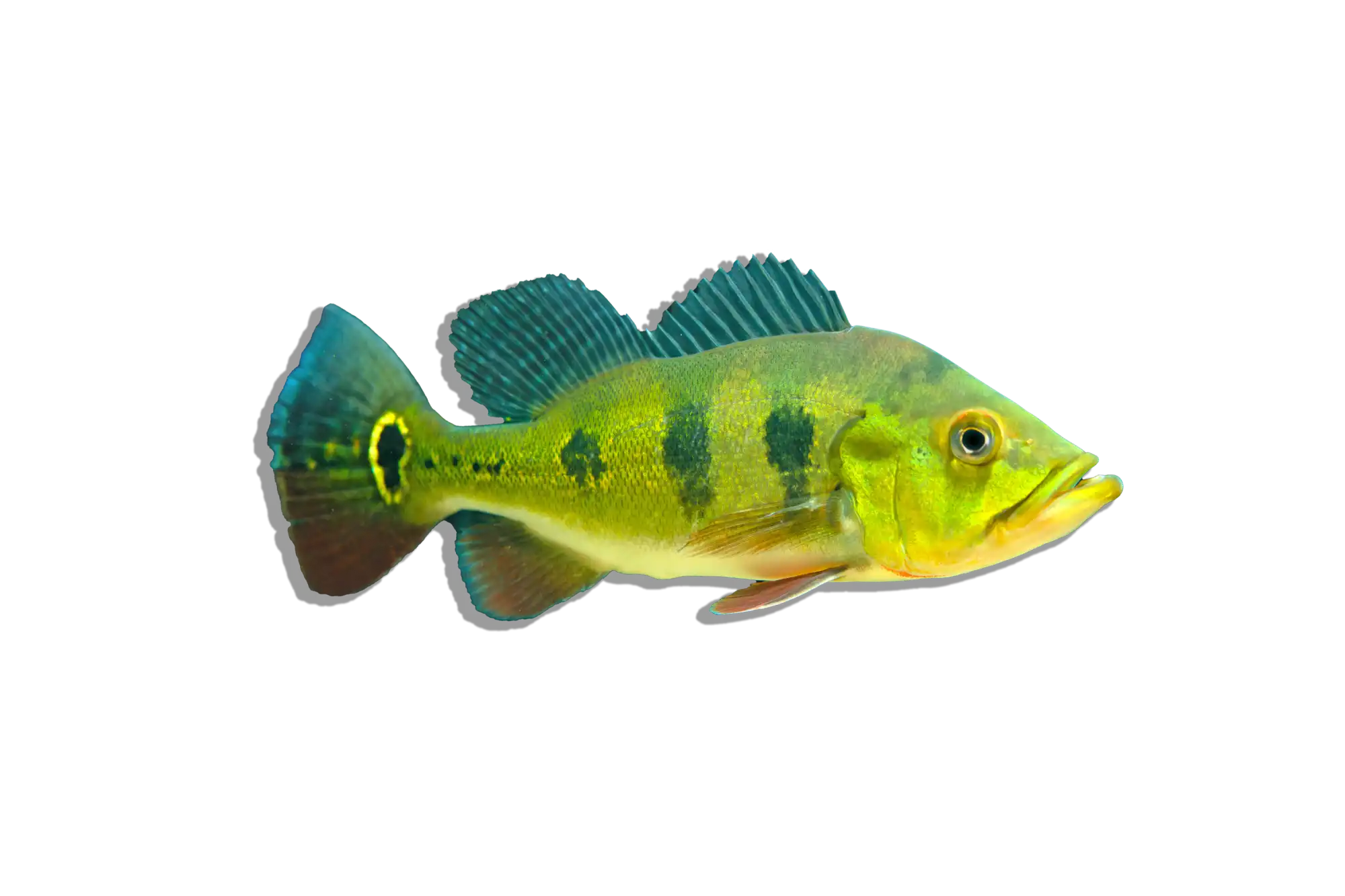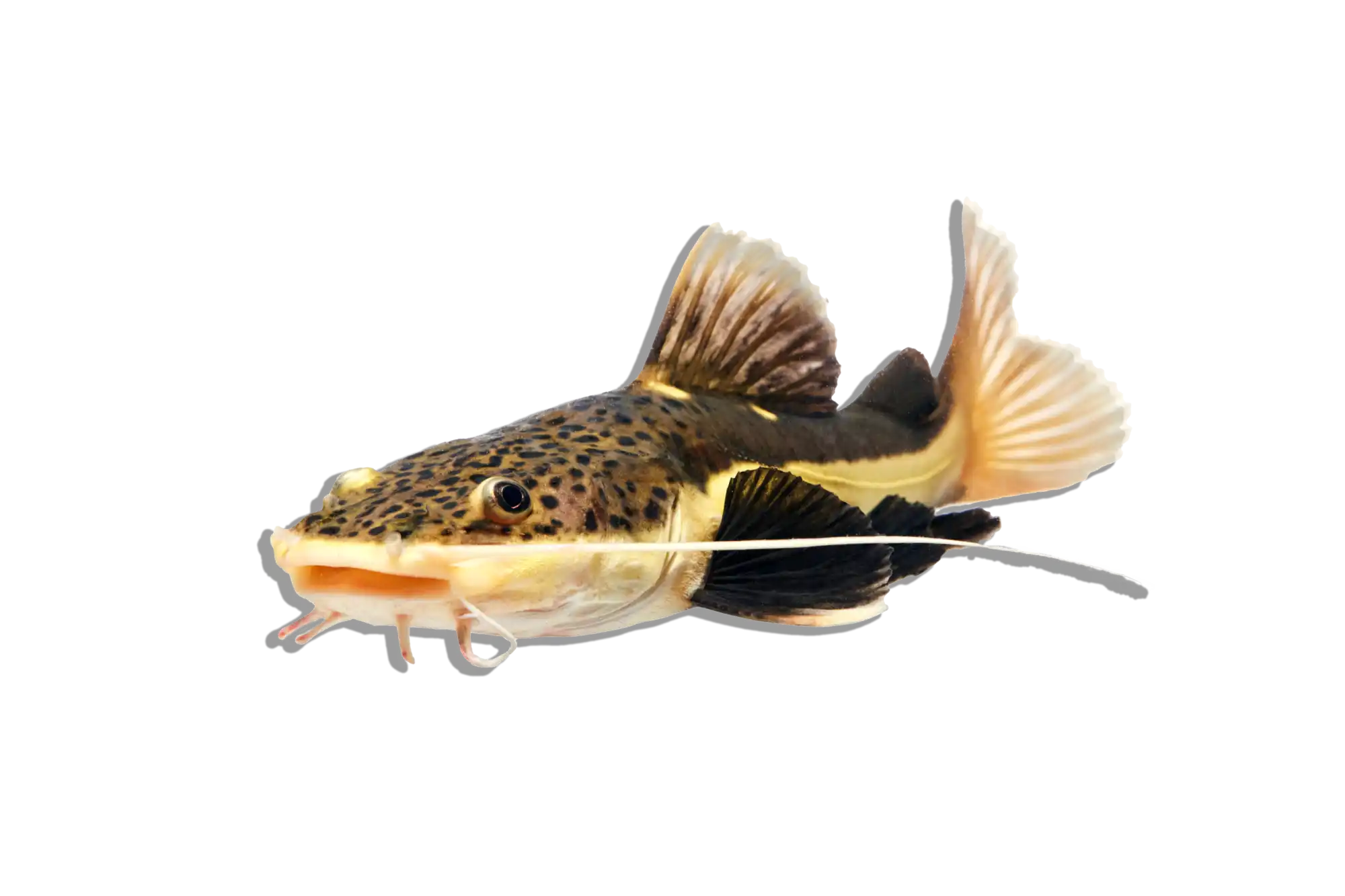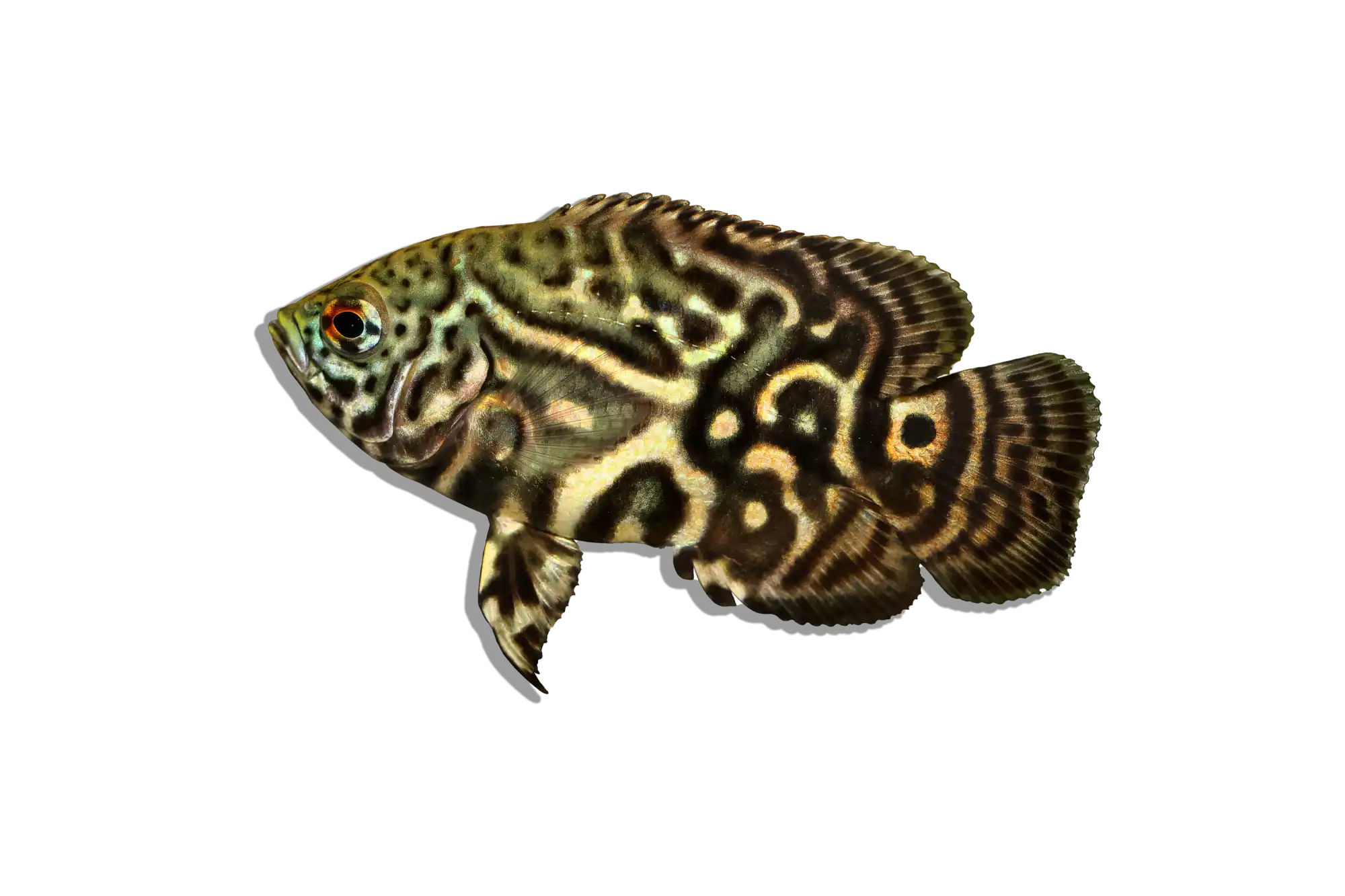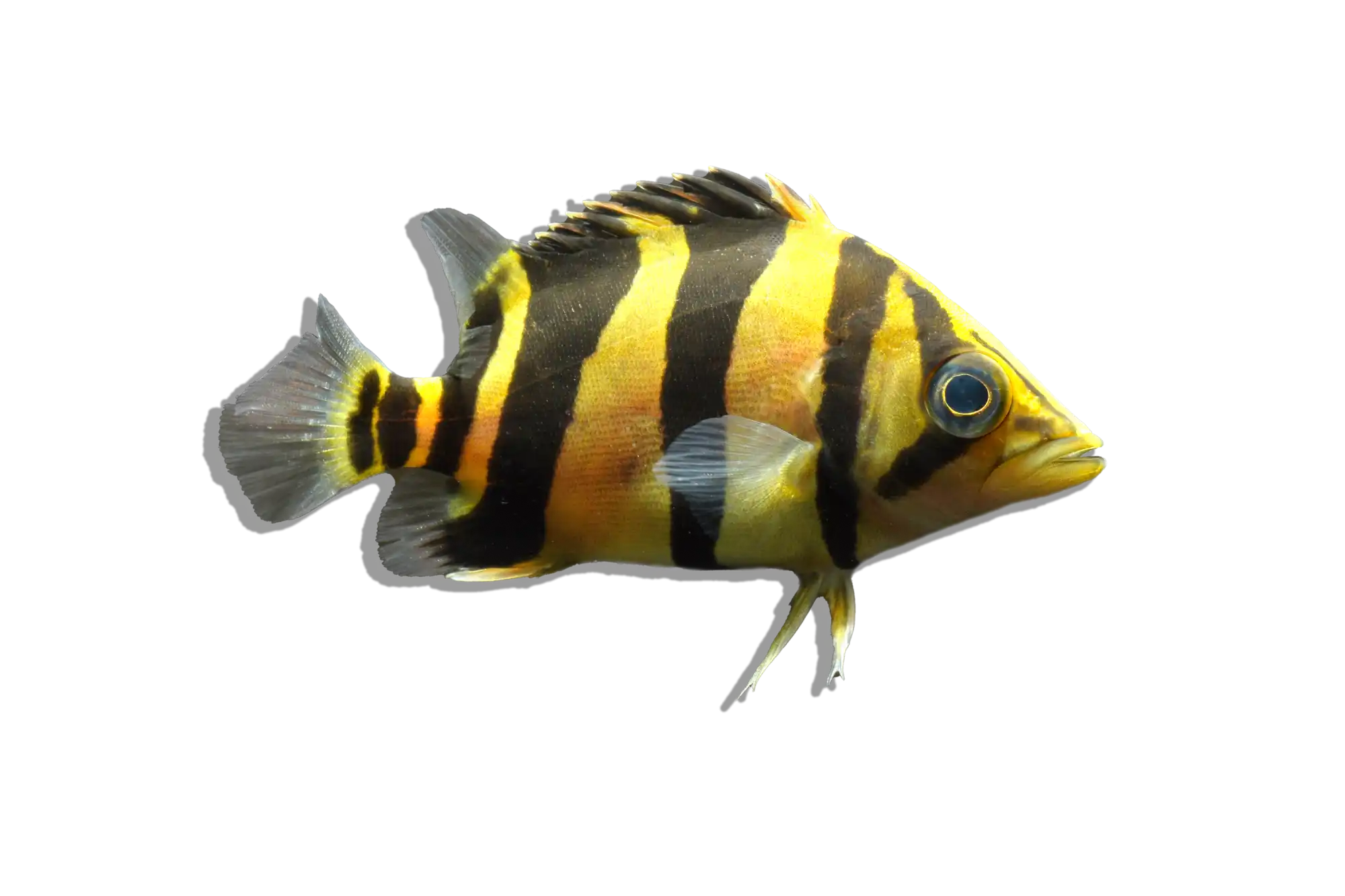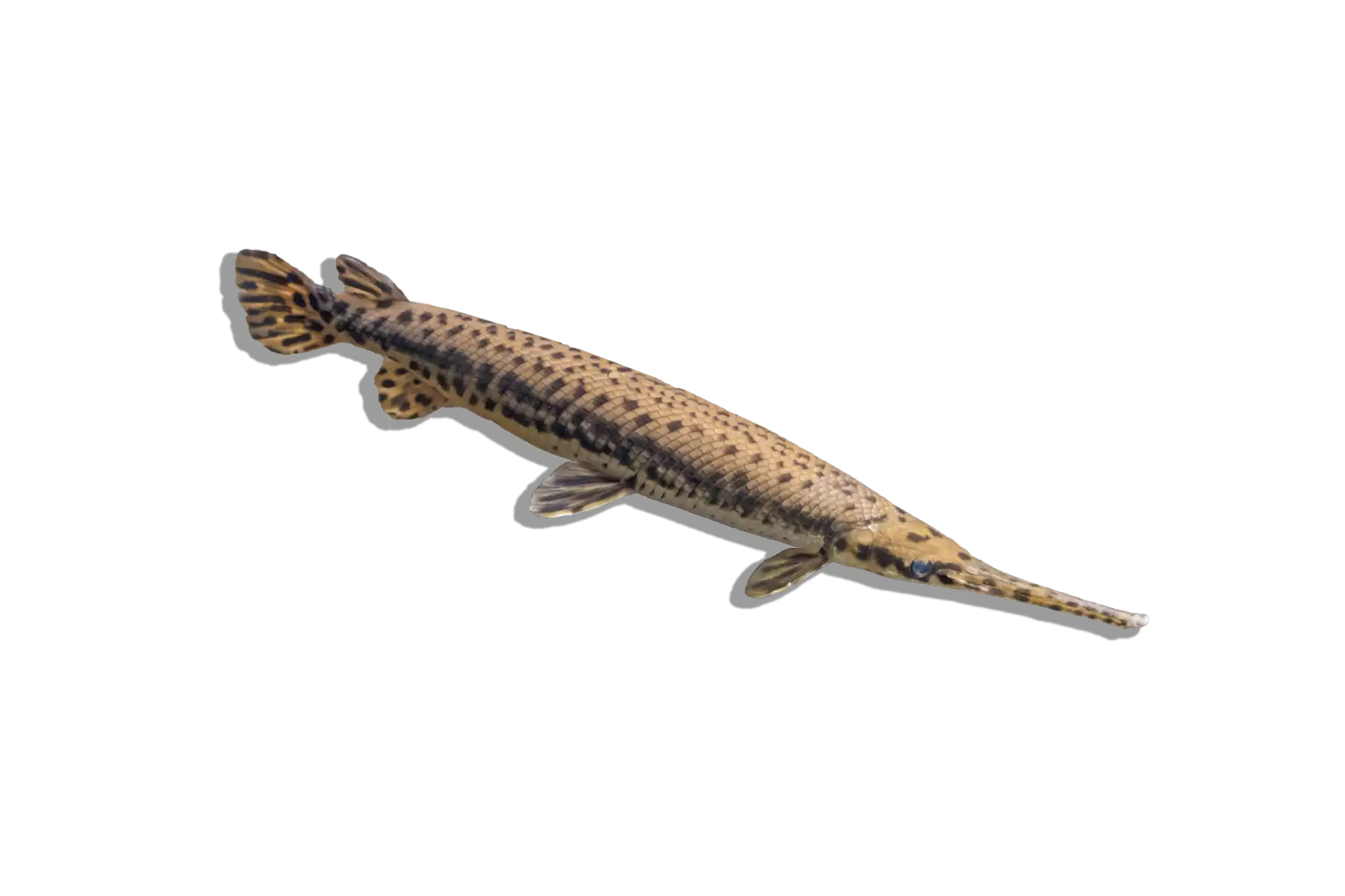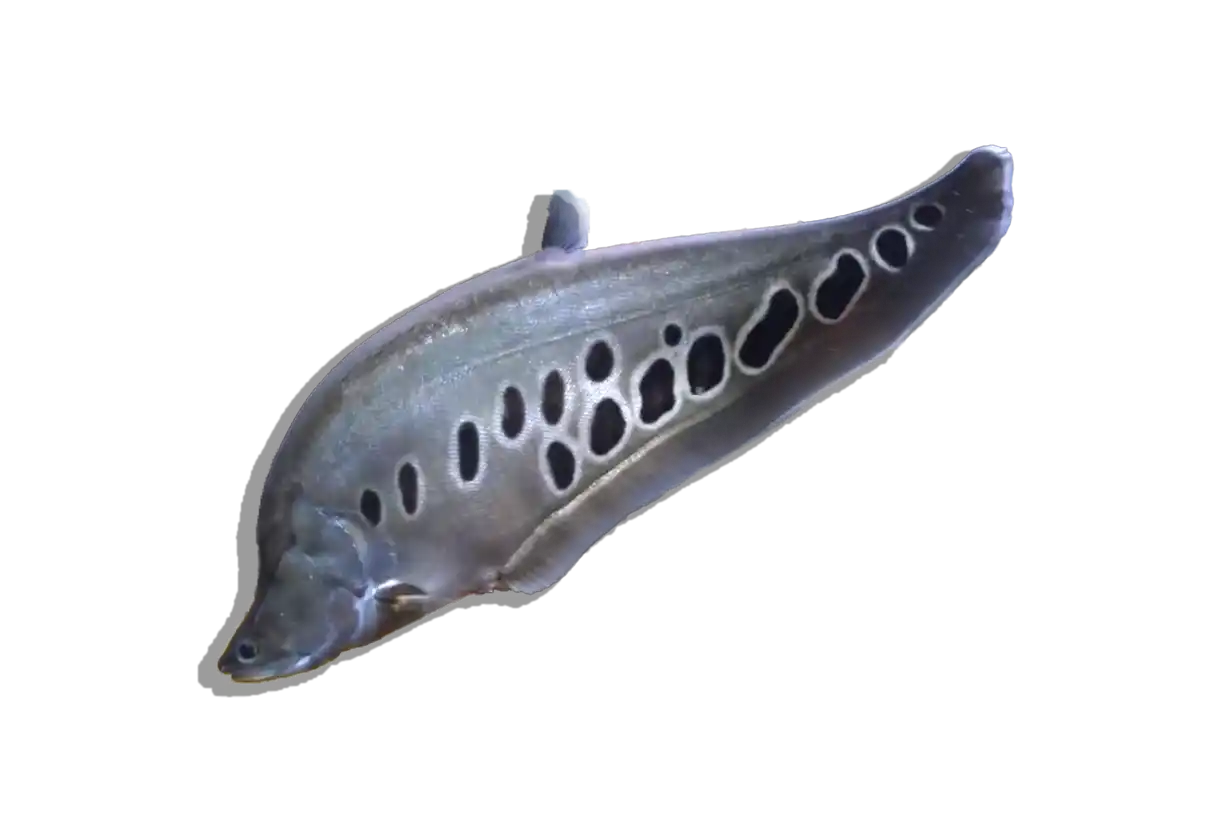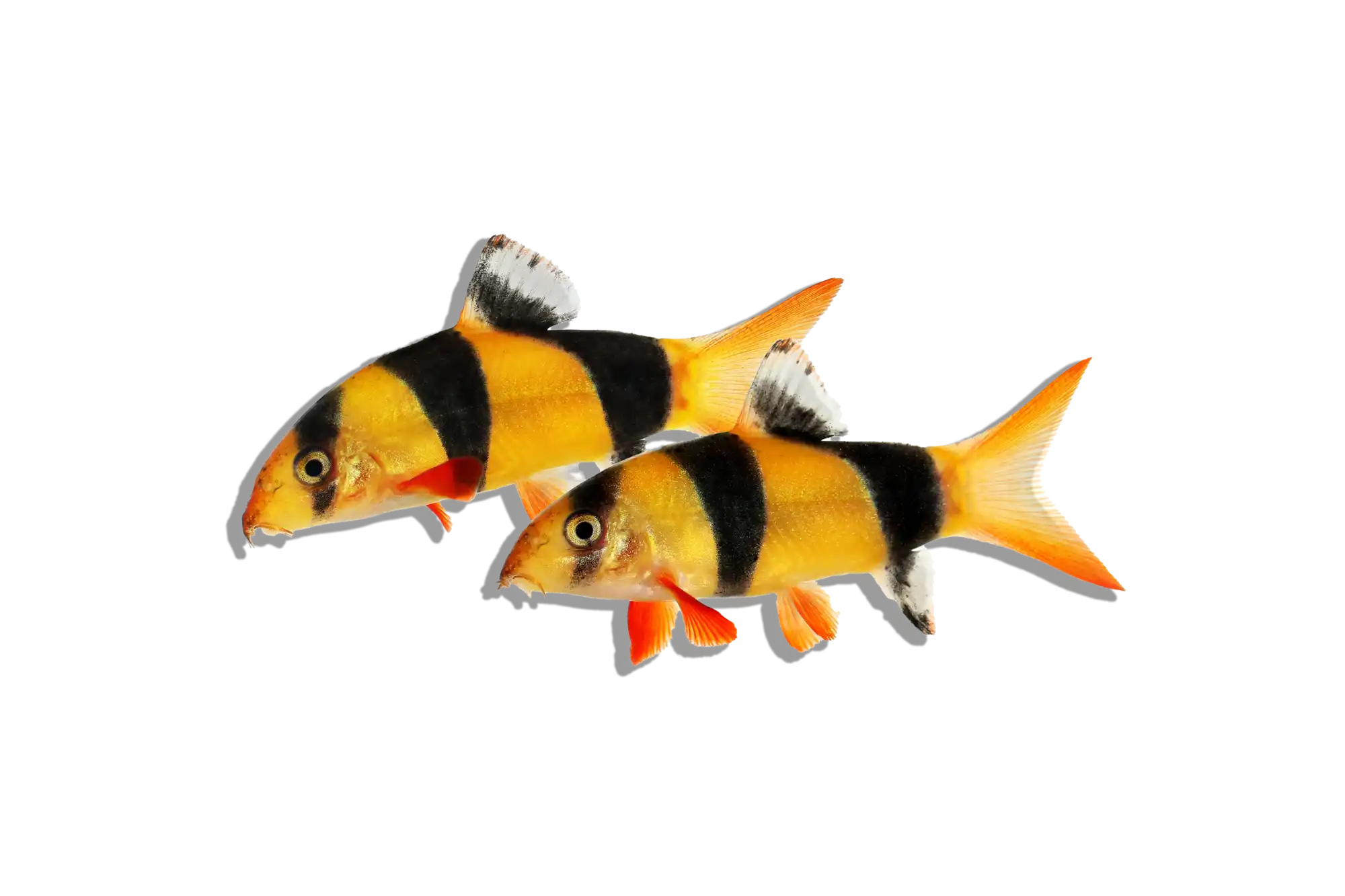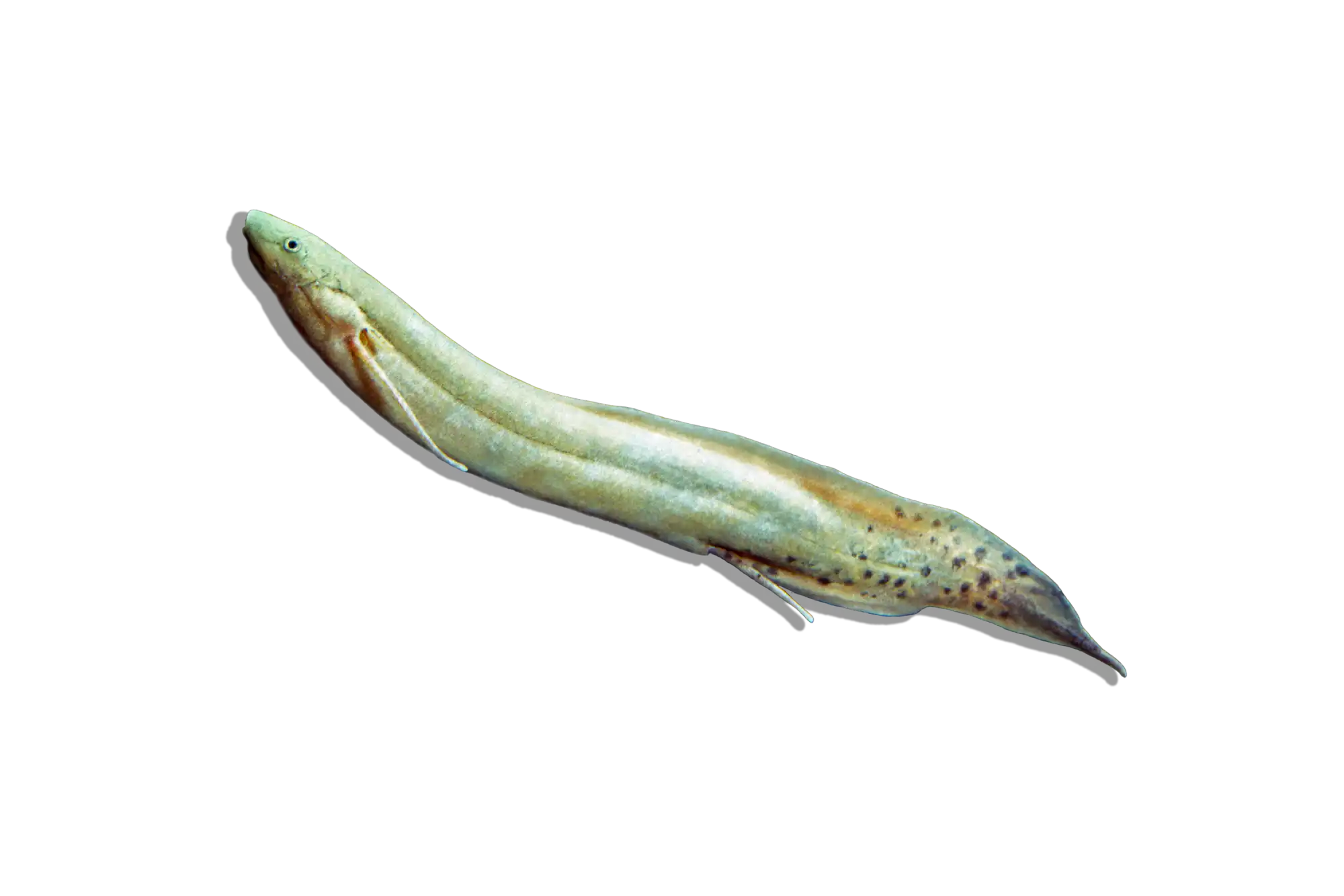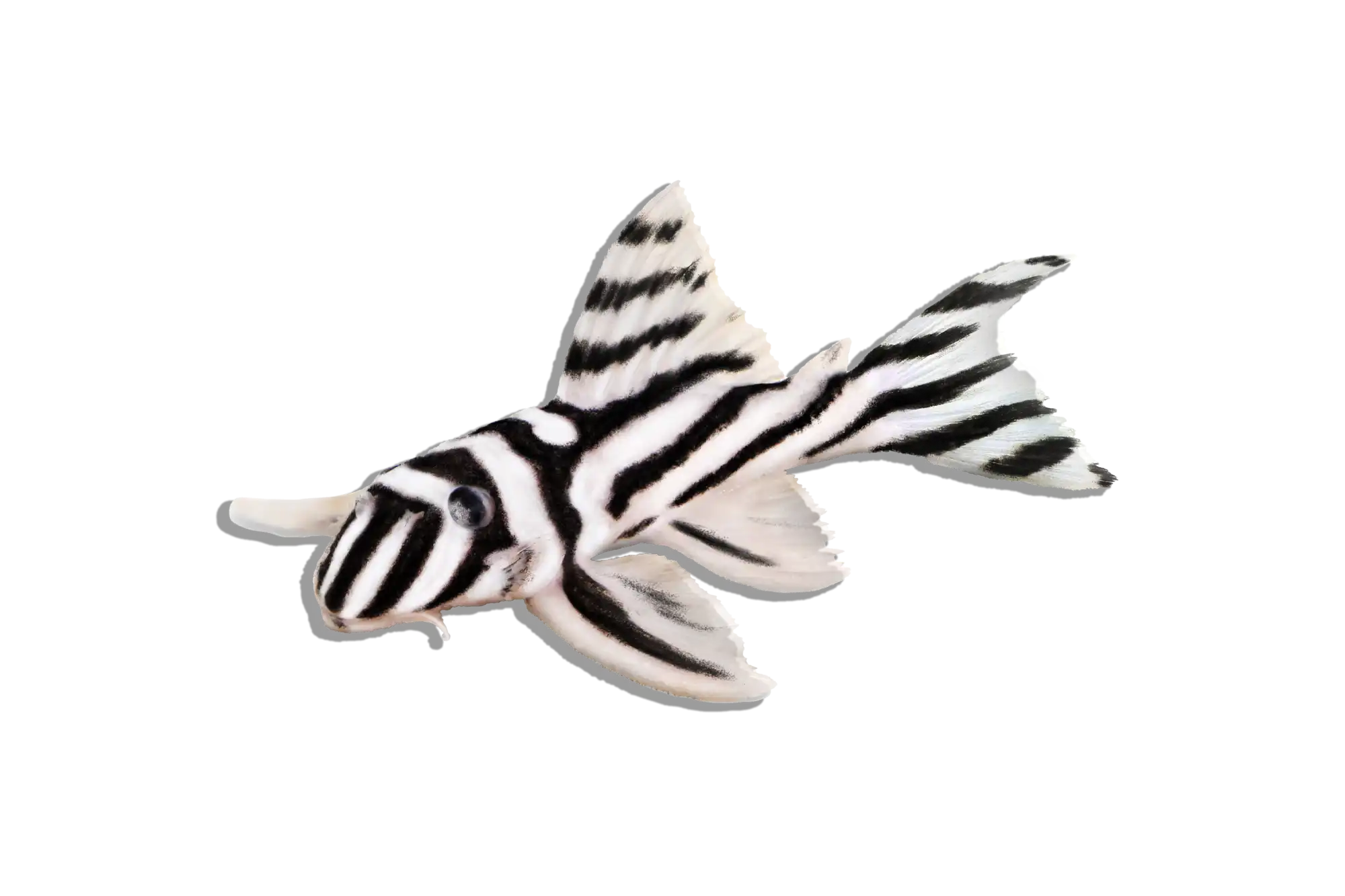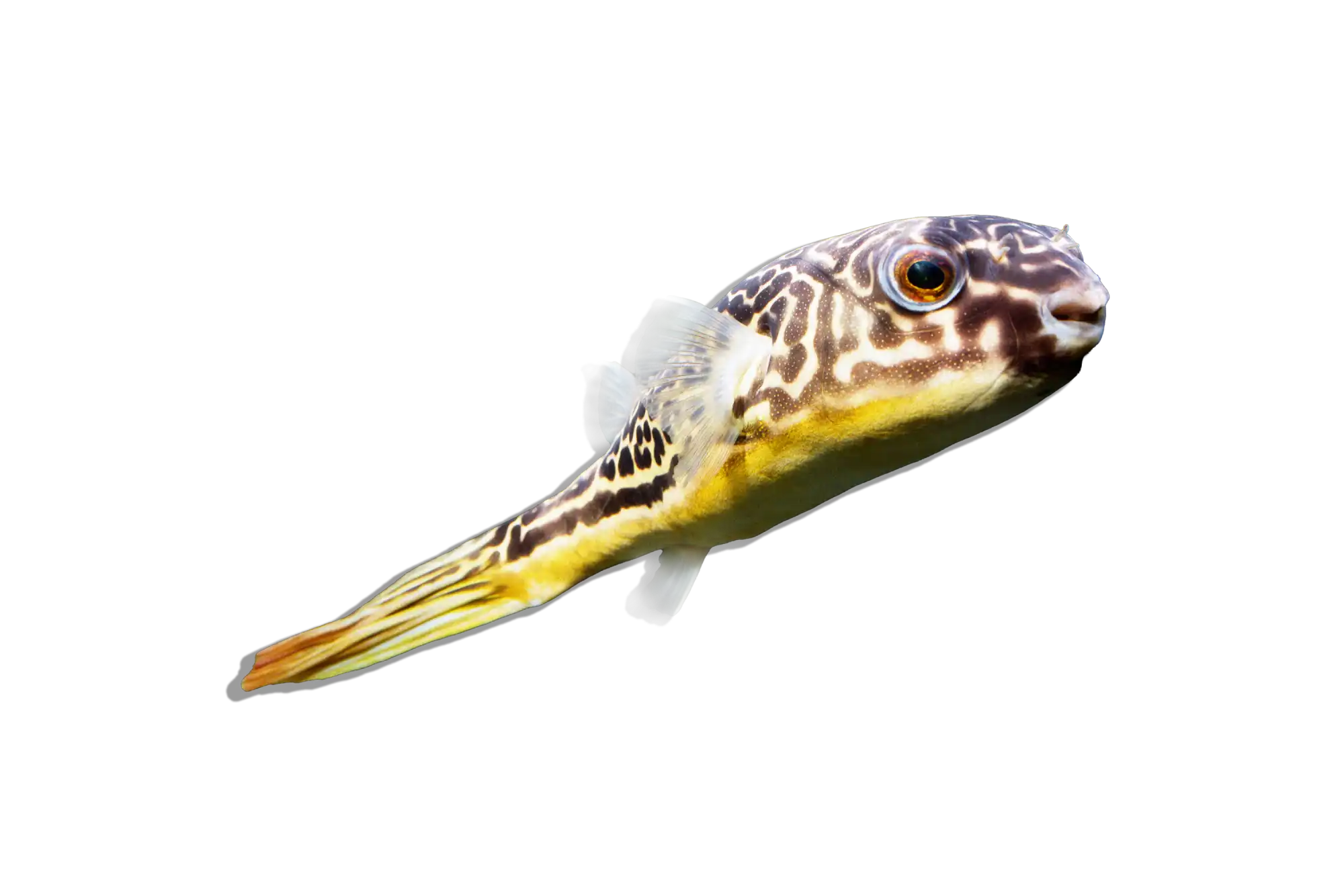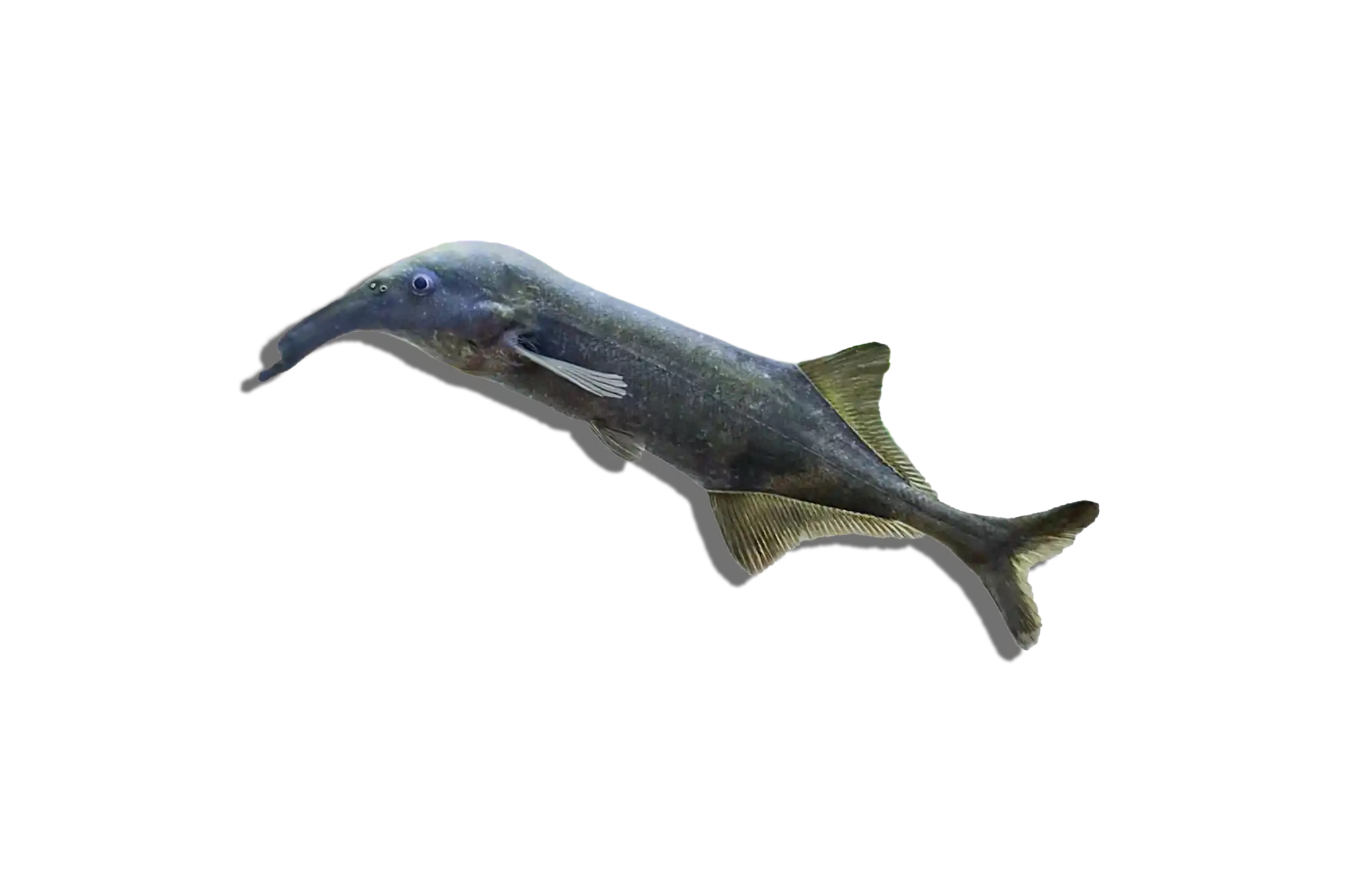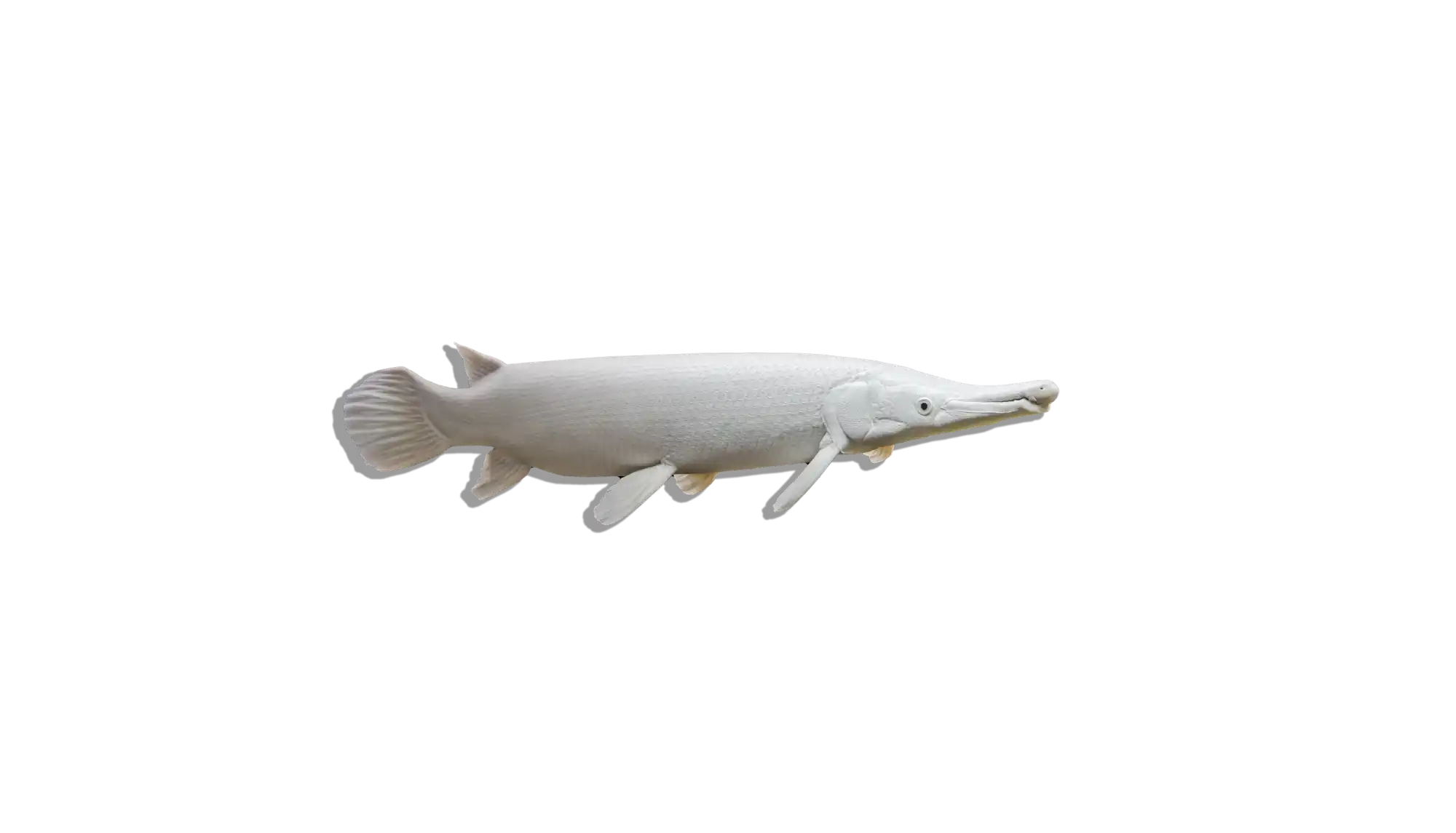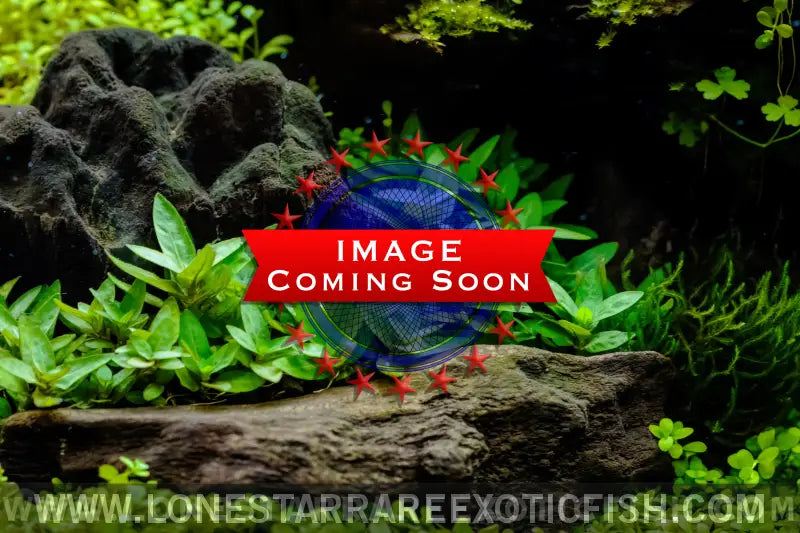Description
Common Name: CW026 Corydoras Catfish
Scientific Name: Corydoras sp. aff. aeneus
Other Names: CW026 Bronze Cory Variant
The CW026 Corydoras is a unique and relatively uncommon variant within the Corydoras genus, closely related to Corydoras aeneus. It is distinguished by its slightly different body shape, color pattern, and possible regional variations. Like other Corydoras, it is a peaceful, social bottom-dweller that thrives in groups and is well-suited for community aquariums. It is an active forager, constantly sifting through the substrate in search of food while displaying playful and interactive behavior.
Habitat and Distribution:
This species originates from South America, specifically found in slow-moving rivers, floodplains, and tributaries. It prefers habitats with soft, sandy substrates, leaf litter, and submerged vegetation, where it can forage safely. The natural waters where it is found are typically warm, well-oxygenated, and may have slightly acidic to neutral pH levels.
Size and Lifespan:
CW026 Corydoras grows to about 2.5-3 inches (6-7.5 cm) in length. With proper care, they have a lifespan of 8-10 years.
Diet and Behavior:
This species is omnivorous, feeding on a mix of small invertebrates, plant matter, and organic detritus in the wild. In captivity, their diet should include high-quality sinking pellets or wafers, frozen or live foods such as bloodworms, daphnia, and brine shrimp, and blanched vegetables such as zucchini or spinach. They are peaceful and should be kept in groups of at least five or more to encourage natural behaviors. They spend most of their time foraging along the substrate, occasionally darting to the surface to gulp air, a natural behavior common to Corydoras.
Breeding and Reproduction:
CW026 Corydoras are egg scatterers, laying their eggs on smooth surfaces such as plant leaves, rocks, or aquarium glass. To encourage breeding, frequent water changes with slightly cooler water can mimic rainy season conditions, dense vegetation or broad-leaved plants should be provided, and a balanced diet with a variety of live and frozen foods should be maintained. The parents do not guard their eggs, so adults should be removed after spawning to prevent them from eating the eggs. The eggs hatch within 3-5 days, and fry can be fed powdered fry food or newly hatched brine shrimp.
Aquarium Care and Tank Requirements:
A minimum of 20 gallons is recommended, though a larger tank is ideal for a larger school. Their tank should include a soft sand substrate to protect their barbels, driftwood, leaf litter, and caves to mimic their natural environment, gentle filtration such as sponge or canister filters, low to moderate water flow, and dim to moderate lighting with floating plants to provide shade.
Ideal Tank Mates:
CW026 Corydoras are peaceful and do well in community tanks with other non-aggressive species. Suitable tank mates include small peaceful tetras (Cardinal, Rummy Nose, Ember Tetras), dwarf cichlids (Apistogramma, Mikrogeophagus ramirezi), small rasboras and danios, other Corydoras species, and peaceful dwarf gouramis. Avoid large or aggressive fish that may outcompete them for food.
Difficulty Level:
Beginner to Intermediate. They are hardy but require stable water conditions, soft substrate, and a group setting to thrive.
Water Parameters:
- Temperature: 72-80°F (22-27°C)
- pH: 6.0-7.5
- General Hardness (GH): 2-12 dGH
- Carbonate Hardness (KH): 2-8 dKH
- Ammonia: 0 ppm
- Nitrite: 0 ppm
- Nitrate: <20 ppm (regular water changes required)
Additional Information:
- This species exhibits subtle color variations depending on region and collection point.
- They are highly social and should always be kept in groups of at least five to reduce stress and encourage natural behaviors.
- They have a unique ability to gulp air and absorb oxygen through their intestines, allowing them to survive in low-oxygen environments.
The CW026 Corydoras is a peaceful and active addition to freshwater aquariums, providing both aesthetic appeal and natural foraging behavior. With proper care, they are a rewarding species for both beginner and experienced aquarists.

